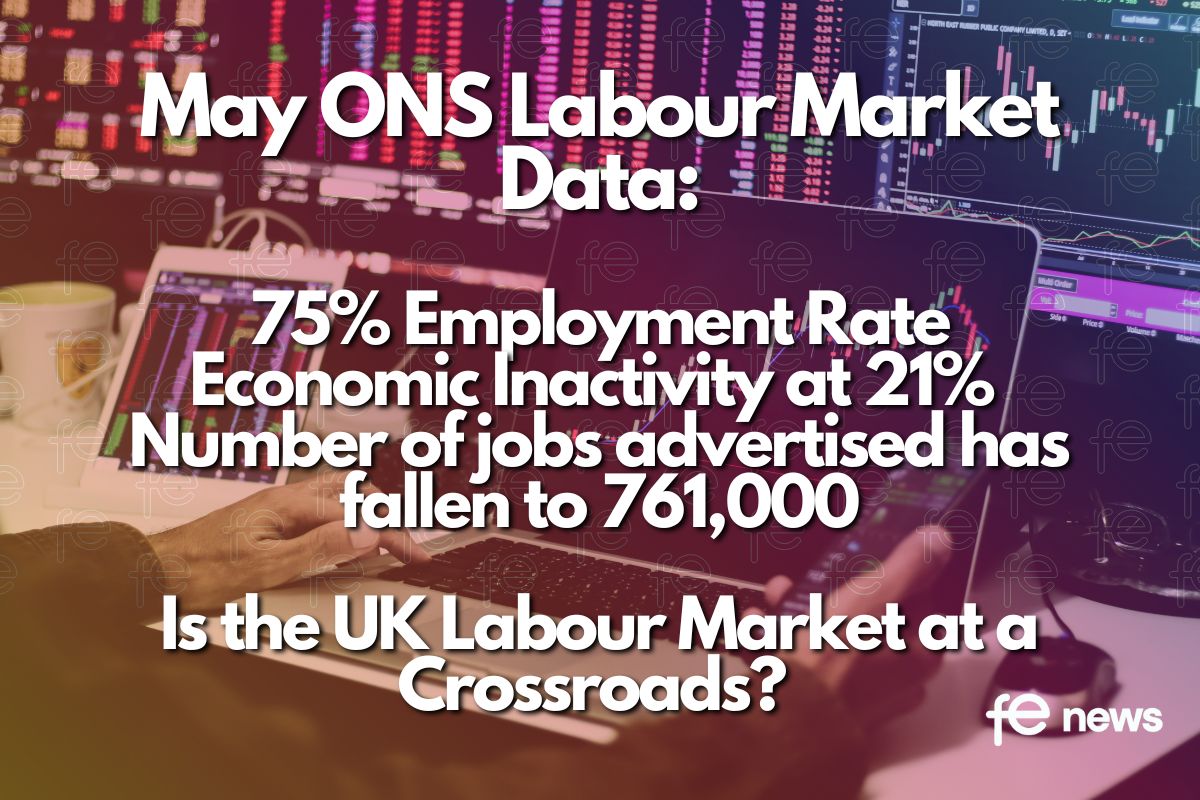Time for a £15 minimum wage?

With the minimum wage set to rise 9.8% on 1 April 2024, Stephen Evans asks: should the national minimum wage be raised further to support growth and good work?
The upcoming General Election will take place against the backdrop of average real wages £12,000 per year lower than if pre-financial crisis trends had continued – an unprecedented lost 15 years of wage growth.
The economy is broadly stagnant and the public finances are stretched (though there are always choices about who and what to tax and where to spend money).
We clearly need a plan for growth to escape from the current doom loop, but that’s easier said than done and will take time.
Politicians looking for ideas that will resonate with voters but don’t need lots of extra public spending (though the public sector is a large employer that would face a higher wage bill) might be tempted to propose a higher minimum wage.
The minimum wage has been a success, despite predictions of sharp rises in unemployment when it was introduced. And will rise 9.8% to £11.44 for those aged 21 and over from April 2024. The Government’s on track to meet its aim for a minimum wage of two thirds of median earnings by October 2024, but unemployment remains low at 3.8%.
How high can we go?
Given this success and the substantial increases in the minimum wage in recent years, why not go further and pledge to raise the minimum wage to £15 per hour and extend it to younger age groups? The TUC has argued for that, raising the minimum wage to 75% of median earnings.
Or would that lead to higher unemployment? Our minimum wage is relatively high by international standards.
Perhaps the UK can go further if it also has a plan for growth and good work, to promote compliance, and to adjust plans based on economic conditions? After all, employers are still struggling to fill vacancies and worker bargaining power has declined in recent decades, while countries such as France have higher minimum wages.
This might even help to kickstart growth by putting more money in people’s pockets and pushing employers to raise productivity to match higher wages.
A plan for growth and rising wages
One of the successes of the minimum wage has been the consensus approach taken. The Low Pay Commission (LPC) has employers, trades unions and experts, looking to balance increase minimum wages with minimising the impacts on employment. We should always be wary about pledging increases without at least some caveats about economic conditions.
Could political parties pledge for minimum wages to match real living wages, or the TUC’s goal of 75% of median wages, with the speed of getting there determined by the LPC?
Of course, in practice there is no fixed hourly rate that is ‘enough’ to live on: what’s enough depends on the hours you work and your circumstances. The real living wage is therefore a guide – but even if the minimum wage matched it, we would still need support in the benefit system for people in work for housing, children and disability.
The role of employment rights
We also know that employers can respond to increases in the minimum wage by reducing other benefits, such as break times or overtime rates, or increasing use of flexible or insecure (depending on your perspective) forms of work. A higher hourly pay rate might not help people if they don’t know what hours they’ll be working week to week, or if they don’t have sufficient hours.
That could make the case for a right to request secure work, such as guaranteed hours, after a certain time in work. That was proposed by the Taylor Review back in 2016. Some seem to see employment rights as a burden on employers, but they are about the balance between employer and employee, and can in the right circumstances promote a more engaged workforce that benefits business.
Lastly, people won’t benefit from a higher minimum wage if employers aren’t paying it. The Government has just named 500 firms who’ve underpaid; 35% because deductions for meals etc took people below the minimum, 31% because unpaid working time took people below the minimum, and 16% for paying the incorrect apprenticeship rate.
Our research has found a lot of underpayments related to the complexity of the rules and how rates change by age and length of employment. Simplifying the system – for example simply having a 16-17 and 18+ rate – could help with compliance. As could more proactive distribution of information to employers and employees and a clearer understanding of how people can enforce their rights, including with the help of trades unions. We supported Newham Council in developing an employment rights centre.
All of this points to the need for a holistic view of what we think good work means, what the minimum standards at work should look like, how we encourage employers to go beyond that minimum, and how we support people to work with their employers to improve working conditions and take action when employers fall short.
In that way, improving labour market conditions and rights can be part of a plan for growth – and growth that benefits everyone – rather than only being seen as a burden on business.
By Stephen Evans, Chief Executive, Learning and Work Institute











Responses